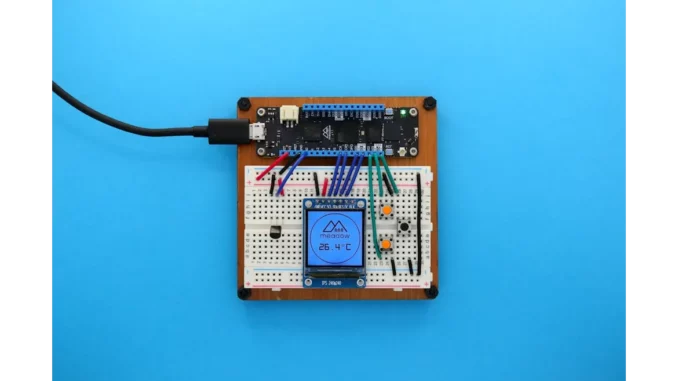
Summary
PostgreSQL Revolutionises IoT Data Management
In the rapidly expanding Internet of Things (IoT) sector, effective data management is crucial for delivering responsive solutions. Ethan Chambers, an experienced IoT solutions architect, highlights PostgreSQL’s role in enhancing performance and scalability for IoT applications. “The ability to manage real-time data streams without performance bottlenecks is a game changer,” Chambers asserts, positioning PostgreSQL as a pivotal tool in the IoT landscape.
Main Article
Harnessing Vast Data in IoT
As IoT devices proliferate, they generate immense amounts of data, challenging developers to store, retrieve, and process this information efficiently. Ethan Chambers, who has dedicated over a decade to IoT solutions, envisions a scenario where thousands of sensors in a smart city continuously transmit data on various metrics like air quality and traffic patterns. “The challenge isn’t just storing this data—it’s retrieving and processing it in real-time to provide actionable insights,” Chambers explains.
PostgreSQL’s Robust Features
Chambers identifies PostgreSQL as a preferred database solution for IoT applications due to its extensive features. One key advantage is its extensibility, which accommodates custom data types and complex queries essential for IoT. “With PostgreSQL, we can build these structures seamlessly, which is a huge advantage,” Chambers notes.
The database’s support for JSON/JSONB has notably transformed data integration across diverse IoT devices. “IoT devices often send data in different formats. With JSON support, we can easily manage and query this data, making integration across devices much smoother,” Chambers says. This capability ensures the efficient handling of real-time data streams, averting performance bottlenecks.
Optimising Performance with Indexing and Partitioning
PostgreSQL’s advanced indexing and partitioning capabilities are pivotal for IoT applications that demand speed. Chambers highlights the utility of GiST indexing techniques for geolocation data, which optimise performance by enabling efficient access to millions of data points. “Being able to index effectively can be a game changer,” he asserts.
Partitioning further enhances performance by allowing access to only the relevant data, reducing system load and expediting queries. As data volumes swell, this feature prevents performance degradation, ensuring consistent system efficiency.
Managing Time-Series Data
Handling time-series data, such as temperature readings and device status logs, is a complex challenge in IoT. Chambers praises PostgreSQL, particularly with the TimescaleDB extension, for optimising time-series data management. “It allows for efficient storage and quick retrieval, which is essential for running real-time analytics,” Chambers explains.
Ensuring High Availability and Fault Tolerance
In the IoT realm, maintaining data availability is crucial. Chambers emphasizes PostgreSQL’s high availability and fault tolerance features, including asynchronous replication and hot standby capabilities. “With PostgreSQL, we ensure data is always within reach, even if a server goes down,” he states, underscoring the importance of resilience in maintaining operational integrity.
Detailed Analysis
PostgreSQL’s capabilities are increasingly relevant as the IoT landscape grows more complex and data demands intensify. Its support for custom data types and advanced indexing aligns with the evolving needs of IoT developers. By enabling efficient real-time data management, PostgreSQL positions itself as an indispensable tool in the IoT ecosystem.
Chambers’ insights reflect broader trends in data management where flexibility and scalability are paramount. As IoT applications become more sophisticated, the ability to integrate diverse data formats and manage large-scale data efficiently will be critical. PostgreSQL’s role in facilitating these processes underscores its growing prominence in the industry.
Further Development
As the IoT sector continues to expand, the demand for robust data management solutions like PostgreSQL is set to increase. Future developments may explore how PostgreSQL can further enhance IoT applications, especially in areas like machine learning and artificial intelligence integration.
The ongoing evolution of PostgreSQL features and extensions will likely drive new innovations in IoT data handling. Readers are encouraged to stay informed of these advancements, which promise to shape the future of IoT technology. Expect further coverage on how PostgreSQL adapts to emerging challenges and supports cutting-edge IoT solutions.

